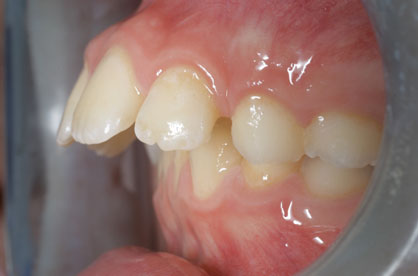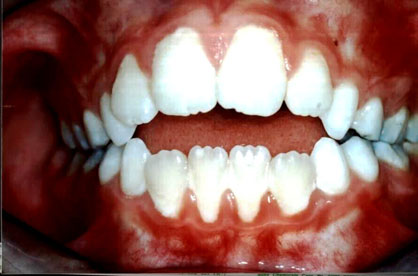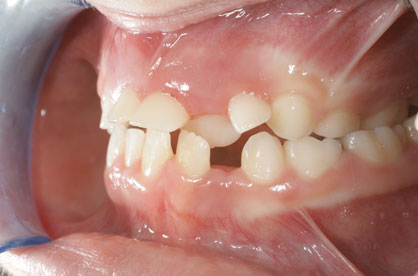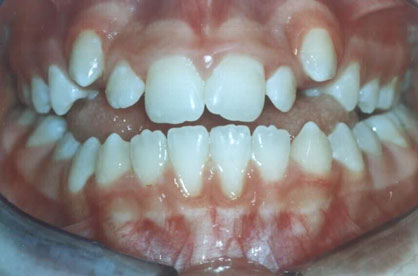Common Orthodontic Problems
Here is information to help you understand the types of orthodontic problems that we can treat:
Crowding
Crowding occurs when the jaw is too small for the teeth. In addition to an undesirable appearance, crowded teeth can also cause problems such as receding gums and thinning of the jaw bone, a poor bite and impacted teeth.
Over Bite
When the upper front teeth protrude over the lower front teeth, this indicates a poor bite of the back teeth (molars) or an uneven jaw. Overjet can also be caused by thumb and finger sucking.
Deep overbite
This occurs when the lower front teeth bite too deeply behind the upper teeth. This can cause damage and discomfort to the palate or gum tissue behind the front teeth, as well as excessive wear of the incisor teeth.
Open bite
An open bite occurs when the upper and lower front teeth do not touch when biting down, transferring all the pressure and work of chewing to the back teeth. This makes the chewing motion very ineffective and can cause significant wear and damage to the back teeth.
Spacing
Teeth can be poorly spaced if there is too much space between them, or if a tooth or teeth are missing, or if the dental arch is very wide. This can contribute to a lack of confidence as a result of poor appearance.
Cross bite
Cross bite can occur when the upper teeth bite inside the lower teeth. As this can cause difficulties with biting and chewing, the problem is usually detected and corrected at an early stage.
Under bite
An under bite occurs when the lower jaw is longer than the upper jaw, so the lower front teeth protrude further than the upper front teeth. This is a fairly common and treatable problem.








